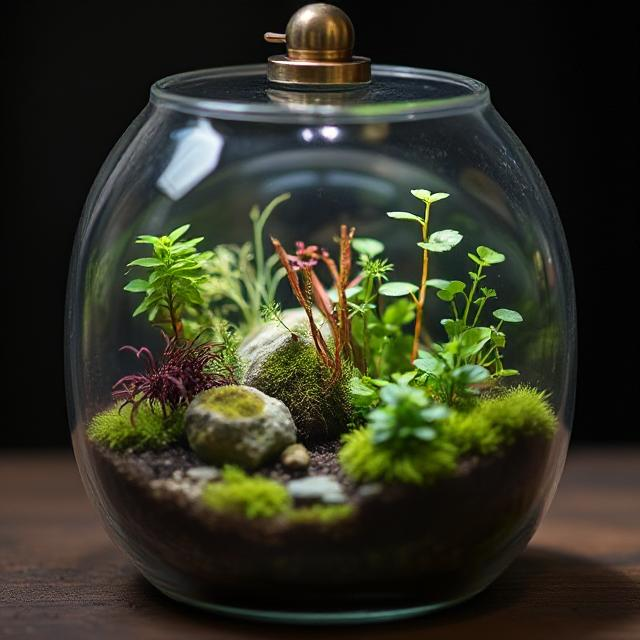Introduction
Why City Dirt is the New Black
Let’s face it: cities
aren’t exactly known for their green thumbs. Between skyscrapers, honking cabs,
and sidewalks that smell like hot garbage in July, “nature” feels like a
distant concept. But guess what? Urban farming is exploding—on
rooftops, balconies, fire escapes, and even in abandoned parking lots. Why?
Because growing your own kale in the concrete jungle is cheaper, healthier,
and way more badass than schlepping to Whole Foods.
Plus, you’ll never
side-eye a wilted $8 lettuce clamshell again.
1. Start Small: Herbs & Microgreens for the Win
Translation: Baby steps for plant serial killers.
- Windowsill Herbs: Basil,
mint, and parsley thrive in pots. Just water ’em and swear at them less
than your succulents.
- Microgreens in 10 Days: Grow nutrient-packed pea shoots or radish greens
in a takeout container. Harvest with scissors, add to avocado toast, and
brag on Instagram.
2. Balcony Farming: Turn Your 10ft² into a Food Forest
Rule #1: Go vertical. Think hanging planters,
railing pots, or a shoe organizer turned herb garden (yes, really).
- Grow:
- Cherry Tomatoes: Compact
varieties like ‘Tumbling Tom’ thrive in hanging baskets.
- Strawberries: Perfect
for vertical towers (and midnight snacks).
- Peppers: They
love pots and sunny spots.
Rule #2: Use lightweight soil (coco coir +
compost) so your landlord doesn’t freak out.
3. Guerrilla Gardening: The Secret Life of Rooftops & Parking
Lots
Got a sad rooftop? Turn it into a veggie paradise
Check Weight Limits: Use shallow-rooted crops like lettuce, spinach, or dwarf carrots.
Abandoned Lot Hack: Team up with neighbors to transform
vacant spaces into community gardens. Cities like Detroit and Berlin are obsessed with
this.
4. Apartment Composting: No, It Won’t Smell Like Death
Bekasi Bins: Ferment food scraps under your sink (no
odors, we swear).
Worm Farms: Red wigglers eat your coffee grounds and poop fertilizer. They’re
pets that work.
Freeze Scraps: Toss veggie peels in a freezer bag until you can
drop them at a compost hub.
5. Hydroponics for Lazy Geniuses
No soil, no problem. Grow lettuce in water with a $30 kit.
- Kratky Method: Fill
a jar with nutrient water, plop in a seedling, and ignore it until
harvest.
- DIY PVC Systems: Build
a vertical hydroponic tower with pipes (YouTube it—it’s easier than
assembling IKEA furniture).
6. The Dark Side: Pests, Pollution & Other City Drama
Rat Patrol: Elevate plants off the ground. Use wire
mesh.
Air Pollution Fix: Wash veggies thoroughly. Stick to leafy greens
indoors if your balcony faces a highway.
Light Deprivation: No sun? Grow lights are your friend. Or stick to
mushrooms (they love dark corners).
7. Join the Revolution: Urban Farming Communities
- Seed Swaps: Trade
tomato seeds for zucchini starts at local meetups.
- Community Gardens: Split
plots with neighbors. Pro tip: Elderly folks often have secret gardening
wisdom.
8. Real Talk: Why This Matters Beyond Your Salad Bowl
- Food Miles Slashed: That
basil didn’t fly 3,000 miles to die on your pizza.
- Biodiversity Boost: Urban
farms attract bees, butterflies, and birds (yes, even pigeons count).
- Mental Health Win: Digging
in dirt reduces stress. Science says so.
Conclusion: Your Concrete Jungle, Your Rules
You don’t need a farm
or a trust fund to grow food. Start with a pot of herbs. Fail. Try again. Trade
your first zucchini for your neighbor’s homemade kombucha. Urban farming isn’t
just about food—it’s about reclaiming control in a chaotic world, one radish at
a time.
Call to Action:
- “Tag your city’s most underrated green space!”
- “Share your #ECODOTSPHREREE—we’ll feature the messiest, most glorious tomato plant!”️








0 Comments